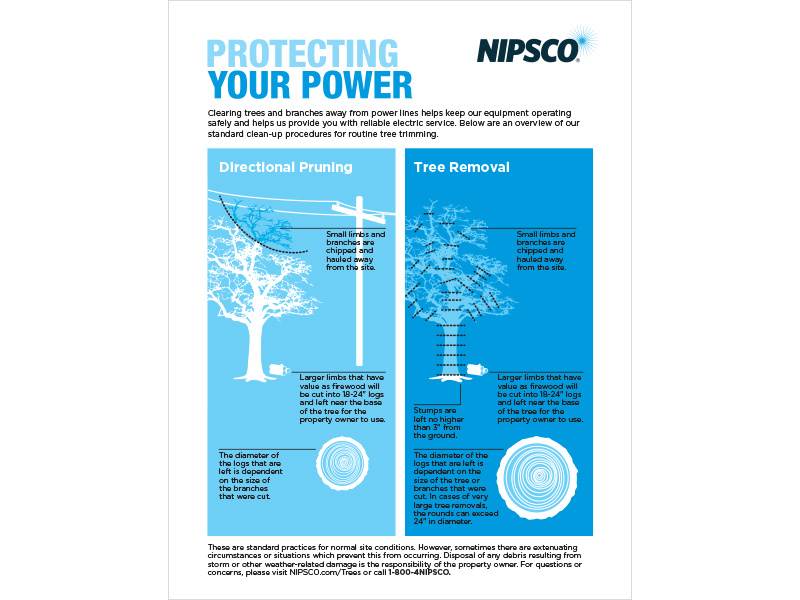Post-Tree Elimination Assistance: Just How To Efficiently Restore Your Landscape
Post-Tree Elimination Assistance: Just How To Efficiently Restore Your Landscape
Blog Article
Authored By-Langley McKinnon
After a tree's elimination, your landscape may look quite different, and it's vital to analyze the aftermath very carefully. You'll wish to evaluate the dirt disruption and check surrounding plants for any type of signs of stress and anxiety. Overlooking these factors can bring about bigger problems down the line. So, what should you perform with those stumps and roots? And exactly how do you choose the best plants for your rejuvenated space? Allow's check out these vital actions.
Evaluating the Aftermath: Evaluating Your Landscape
After a tree elimination, it's vital to examine your landscape to recognize the effect it has on your yard.
Begin by taking a look at the location where the tree stood. Look for signs of soil disturbance, and check the surrounding plants for any stress and anxiety or damages.
You must also keep in mind of how the elimination has altered sunlight direct exposure and air movement in your garden. This change can impact the growth of neighboring plants, so it's necessary to evaluate their health and wellness.
Think about the visual aspects also; the removal could produce an open space that you can revamp.
Lastly, think of any potential disintegration concerns that might develop from the tree's absence. Attending to these factors early will help recover equilibrium to your landscape.
Dealing With Stumps and Roots: Options for Elimination
As soon as you have actually evaluated the results of the tree elimination, you'll likely require to take on the stump and origins left.
You have a couple of choices for elimination. One efficient method is stump grinding, where a professional utilizes an equipment to grind the stump down to underground degree. This technique leaves very little disturbance to your landscape.
If you favor a do it yourself technique, you can make use of a combination of digging and chemical stump cleaners. Simply keep in mind, this procedure can require time and initiative.
Alternatively, consider leaving the stump as an all-natural attribute, which can act as a distinct garden component or environment for wildlife.
Whatever you pick, attending to the stump and origins is essential for restoring your landscape.
Selecting the Right Plants for Your New Space
As you examine your newly gotten rid of area, picking the right plants can dramatically improve your landscape's beauty and capability.
Start by thinking about the sunshine and dirt conditions. For warm areas, go with drought-resistant plants like lavender or succulents. In shaded spots, ferns and hostas thrive well.
Think of the size and growth habits of your plants; mix perennials and annuals for seasonal selection. Don't neglect to integrate native types; they call for much less upkeep and support local wildlife.
How To Grind A Tree Stump in odd numbers for a much more all-natural look and develop layers for visual deepness.
Lastly, check here have a mix of colors and textures to keep your landscape lively throughout the periods.
Happy planting!
Conclusion
Finally, restoring your landscape after tree removal is a gratifying process. By examining the results, attending to stumps and roots, and selecting the right plants, you'll produce a flourishing setting. Don't forget to incorporate erosion control procedures to secure your dirt. With a little initiative and treatment, you can transform your room into a vivid garden that improves your home. Accept the possibility to renew your landscape and enjoy the beauty of nature right in your backyard!
